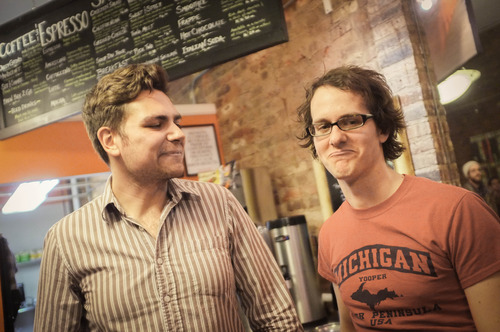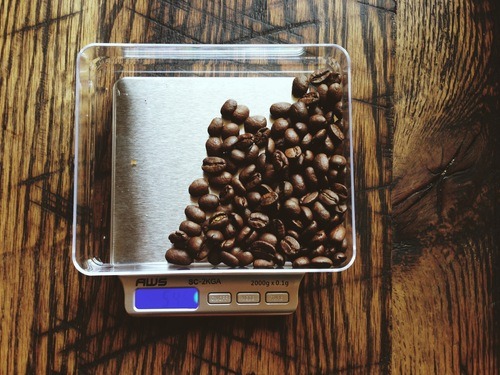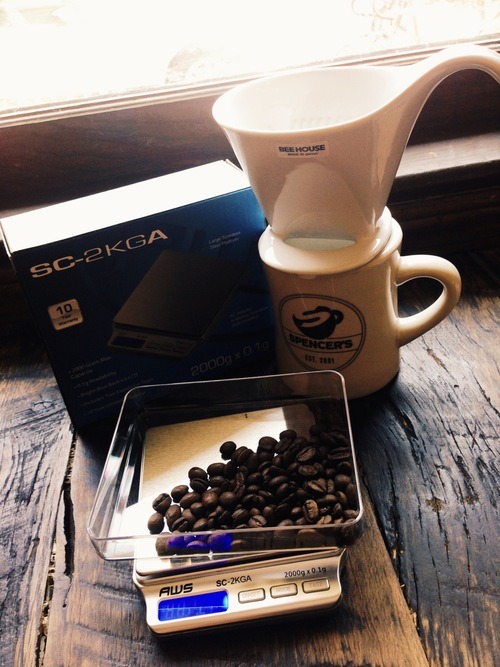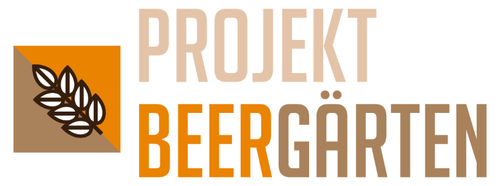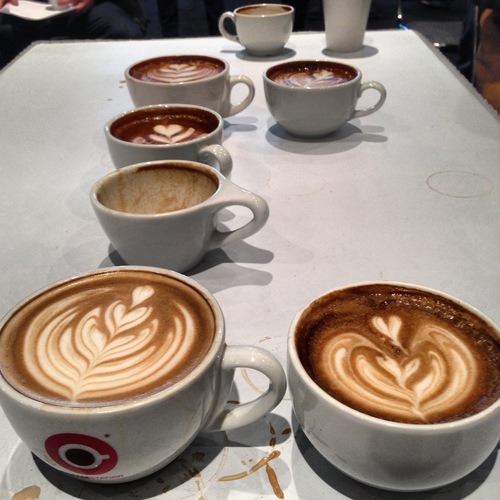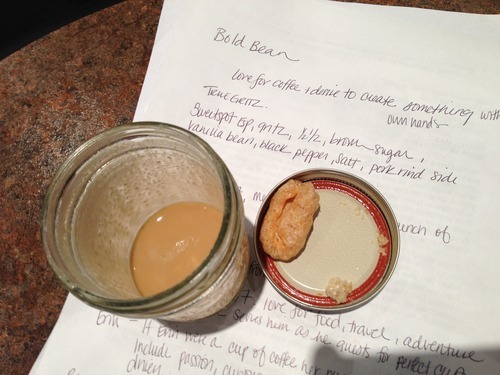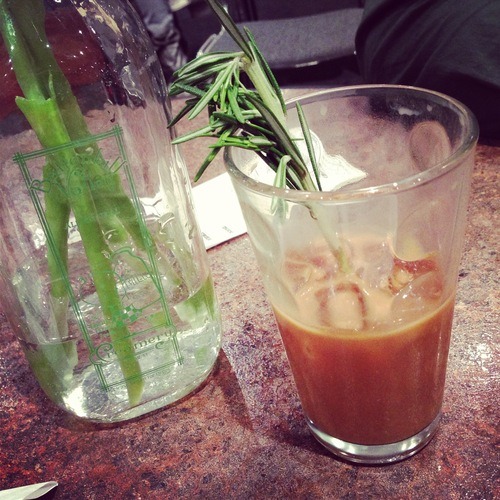In 2008, Spencer's Coffee owners Justin & Shelley Shepherd found out that their 2-year-old son, Lewis, had Autism Spectrum Disorder; a few years later, their second son, Owen, was diagnosed as being on the spectrum as well. And because Justin & Shelley know firsthand the struggles of raising children with autism — and the challenges faced by these courageous kids — Spencer's works year-round to help further the cause of autism awareness and the efforts of those helping families who deal with autism.
Every April is Autism Awareness Month, and at Spencer's, that means Owen's Orange Sodas and Lewis Lattes on the menu. Owen's Orange is an Italian soda made with mandarin and coconut flavors, while the Lewis Latte adds a bit of toasted marshmallow flavor to our already popular espresso drink. $1 from the sale of each of these drinks goes to an organization that's helping the autism community; this year's beneficiary is the Renshaw Early Childhood Development Center at WKU, whose "Big Red School" has been attended by both Lewis and Owen.
Below is an article Shelley wrote for this month's SOKY Happenings magazine, detailing the challenges and blessings of raising kids on the spectrum. We hope you'll find time to come grab one of these delicious drinks this month; you may even see Lewis (now 7) or Owen (now 5) running through the store for their afternoon pick-me-ups! And if you suspect your child may be on the autism spectrum or need help identifying developmental delays, feel free to email shelleygwen@gmail.com — she may not have the answers you need, but she'll definitely direct you to people right here in southcentral Kentucky who do.
Putting Back the Pieces: A Story of Autism
In June of 2006, we were blessed with our first child, a son. We name him Lewis, after C.S. Lewis, a favorite writer of both myself and Justin. I had always pictured motherhood as “my calling” and just knew that my children would be on the honor roll — smart and well-behaved. I imagined a relationship where they would tell me about their thoughts, hopes, dreams and fears, one where I would help them think critically and make good decisions.
Shortly after Lewis’ birth, the nurses whisked him away to neonatal intensive care due to respiratory problems; tests showed he had a blood infection which turned out to be Group-B strep. After 10 days in the NICU in Nashville, Lewis recovered and we all went home, happy to leave the drama behind us!
Feedings were difficult, but he caught on eventually. I was determined because my mother, who had died three years earlier, had breastfed us; it seemed like a way to honor her example, plus I knew it was best for Lewis. Around 5 months old, he got really good at nursing, and at 6 months he sat up for the first time.
We were in a weekly play group with other babies about his age, and I noticed that they all seemed to be progressing more quickly than Lewis. He didn’t seem eager to be mobile. He would play with the same toy for hours at a time, and not in the way it was meant to be played with. He was slow to roll over, and he never crawled; at 11 months or so, we would place him next to a table or couch in a standing position, and he started to cruise around by holding onto whatever was nearby.
Using a walker, he made his way around the house, but would have terrible falls. At 13 months he took his first steps. I remember telling my play group that I thought something was wrong with him. He seemed distant; he wasn’t saying words; there was little joint attention.
By 14 months I called First Steps to get him assessed. Sadly, my doctor wasn’t concerned and hadn’t referred me, so it was a bit of a mystery how to even call them! As feared, Lewis was way behind in speech, gross motor and fine motor skills. But, with the help of an amazing developmental interventionist, Lewis learned how to stand up from a sitting position for the first time at 16 months. He also started clapping and waving around the same time.
We were thrilled with this progress, but very concerned because his babbling had gone down to essentially one sound, “guh guh.” This was his only sound for over a year, and it was heart-wrenching to see the other little ones saying “mama” and “dada.”
When Lewis turned 2 and was making little progress with speech, we knew we had a major problem. We suspected autism a year before, but naively hoped Lewis was merely delayed and would catch up. We put Lewis in a mom’s day out program and the teacher asked me if we thought he had autism. A former schoolteacher, she said he reminded her of autistic kids she’d had in her class.
I checked out the book Facing Autism by Lynn Hamilton and devoured it. The book presented enough similarities that I KNEW this was our answer, so Justin and I requested an intensive level evaluation through First Steps at the Weisskopf Child Evaluation Center in Louisville. On November 12, 2008, Lewis was officially diagnosed with Autistic Disorder, now known as Autism Spectrum Disorder. (Our second son, Owen, was also diagnosed in 2011 through a sibling study at Vanderbilt.)
Yes, it was sad, and something of a shock — but it was also a gift. Since then, I have realized a diagnosis is key to unlocking all kinds of services that tremendously help children with ASDs. I got involved with the Autism & Asperger Support Group of Bowling Green, and parents from the group helped me pursue medicaid waivers, speech and occupational therapy services, and specific providers that have made a huge difference for Lewis and for us. I now help lead the support group because I know how important it is for families to get the resources they need.
Autism is not a death sentence. It changes your life for sure, but in many ways we have a richer life because of it.
When Lewis said his first words just days before he turned 3, I can’t tell you the joy that flooded my heart. Any child speaking is amazing, but when you wait for that long, and work for six solids months using Applied Behavior Analysis (thanks to our BCBA, Amanda Reagan) and train family and friends to do therapy for hours a day, it means so much more! We saw steady progress once we had the right strategies in place.
April is Autism Awareness Month. Because early intervention is important, and because autism is growing in prevalence (1 in 54 boys, according to current data), several groups are coming together for an Autism Family Night from 4 p.m. to 7 p.m. April 8th at Chick-Fil-A (1766 Campbell Ln.). There will be fun activities for kids, but the main purpose is to offer free autism screenings for kids 12 months to 5 years old. Anyone who completes a screener will be entered in a drawing for prizes. It only takes a few minutes to answer the questions and get results, and any child receiving an abnormal result will be referred to First Steps for further evaluation. If you have any concerns about your child’s development, or if you know of a child exhibiting any unexplained behaviors (OCD tendencies, rigid routine, odd speech or lack of speech, repetitive behaviors or obsessive interests), this screener may help point you in the right direction. This event is a collaboration of Lifeskills, Renshaw ECC at WKU, First Steps, Graves-Gilbert Clinic and the AASBG.
To receive AASBG Email announcements about future meetings or related information, email shelleygwen@gmail.com. If your child is under age 3 and you’d like a developmental assessment, call First Steps at (270) 901-5000.
All children with an ASD are different. Here is a list of possible symptoms that many children with autism exhibit. If your child exhibits any of the following, please don’t delay in asking your pediatrician or family doctor for an evaluation:
- Develops language slowly or not at all
- Does not adjust gaze to look at objects that others are looking at
- Does not refer to self correctly (for example, says "you want water" when the child means "I want water")
- Does not point to direct others' attention to objects (occurs in the first 14 months of life)
- Repeats words or memorized passages, such as commercials
- No meaningful, two-word phrases (not including imitating or repeating) by 24 months
- Difficulty with social skills at any age
- Limited or no pretend play
- Have unusual distress when routines are changed
- Prefers to spend time alone, rather than with others
- Has heightened or low senses of sight, hearing, touch, smell, or taste
- Has very narrow interests




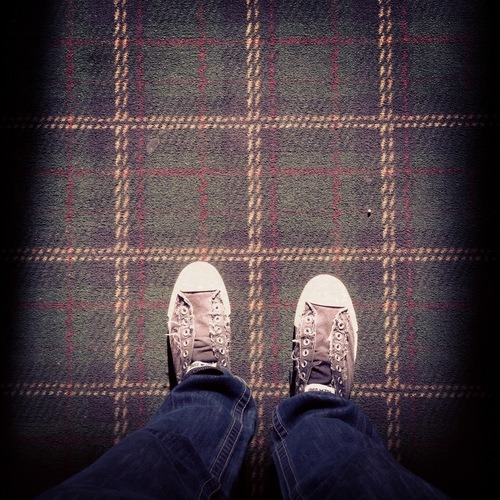

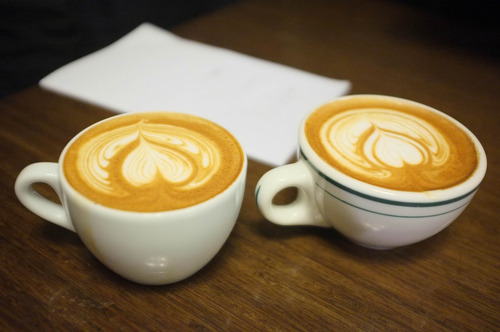
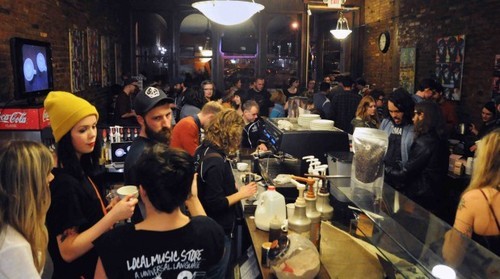 The highlight of the evening was the second-annual KY/TN Latte Art Throwdown, a chance for baristas to compete in a bracket-style format to see who could pour the prettiest drink. Last year, John Newman of Crema Coffee in Nashville took home the gold (and some sweet prizes), but Louisville vowed revenge. Kenny Smith, equipment specialist of Sunergos Coffee (and education & equipment consultant for us), won this year, taking home a brand-new Encore grinder courtesy of Baratza, along with some extra goodies from Visions Espresso, Mistobox and Barista Magazine. Meanwhile, his longtime friend and former colleague Darren Jennings (blogger at The Coffee Compass) placed second, taking home a Kalita Wave dripper and Pelican Pot kettle, among other things; Miller Houston of Quills Coffee in Louisville placed third, grabbing a Prima Tamp from Prima Coffee.
The highlight of the evening was the second-annual KY/TN Latte Art Throwdown, a chance for baristas to compete in a bracket-style format to see who could pour the prettiest drink. Last year, John Newman of Crema Coffee in Nashville took home the gold (and some sweet prizes), but Louisville vowed revenge. Kenny Smith, equipment specialist of Sunergos Coffee (and education & equipment consultant for us), won this year, taking home a brand-new Encore grinder courtesy of Baratza, along with some extra goodies from Visions Espresso, Mistobox and Barista Magazine. Meanwhile, his longtime friend and former colleague Darren Jennings (blogger at The Coffee Compass) placed second, taking home a Kalita Wave dripper and Pelican Pot kettle, among other things; Miller Houston of Quills Coffee in Louisville placed third, grabbing a Prima Tamp from Prima Coffee.